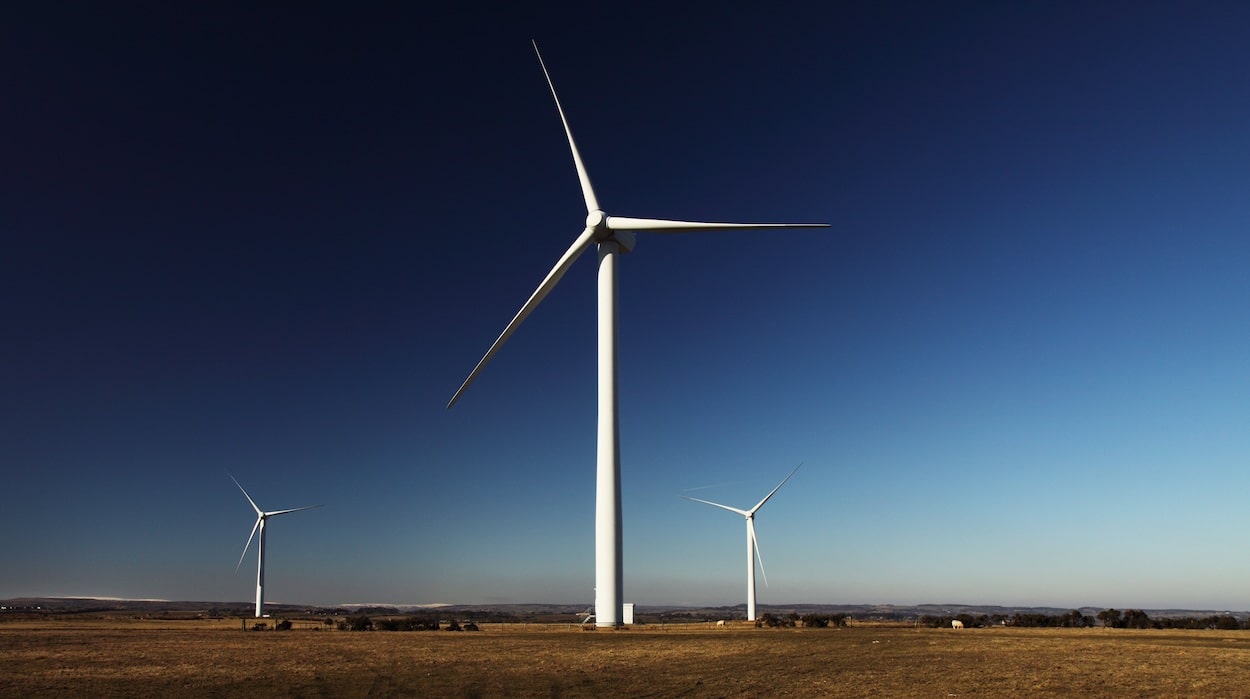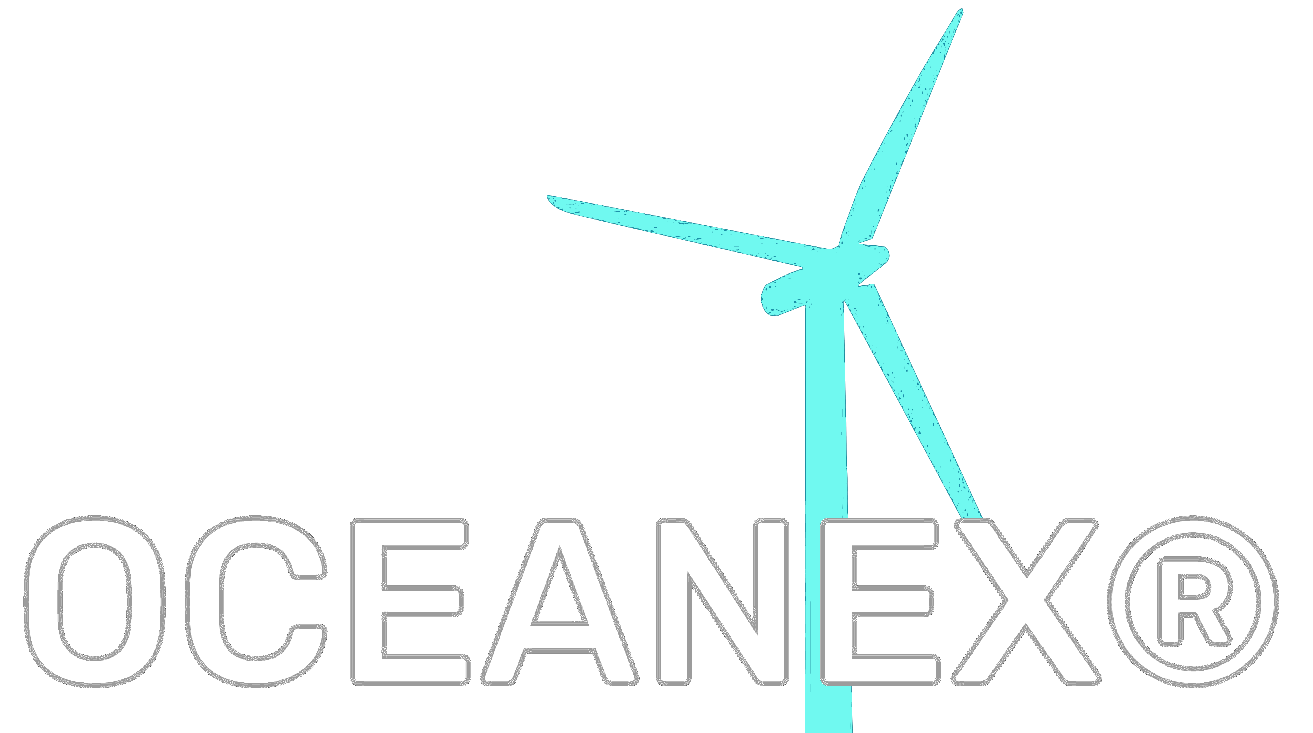
Offshore wind turbines are a key technology for the generation of renewable energy from wind. However, the development and operation of offshore wind turbines can be complex and costly, due to the challenges of building and maintaining wind turbines in the offshore environment. In this article, we will explore some of the key costs of offshore wind turbines, and how these costs are being addressed by the industry.
Capital Costs
One of the key costs of offshore wind turbines is the capital cost of the project. This includes the cost of designing, building, and installing the wind turbines, as well as the cost of any necessary infrastructure, such as transmission lines and substations. Capital costs can be a significant factor in the overall cost of offshore wind energy, and are influenced by a range of factors such as the size and complexity of the project, the technology used, and the location of the wind farm.
To reduce capital costs, offshore wind turbine developers are using a range of strategies, including the use of advanced technologies and materials, the standardization of components, and the optimization of project design and execution. In addition, the industry is working to improve the efficiency and effectiveness of offshore wind turbine projects, which can help to reduce capital costs and improve the overall competitiveness of offshore wind energy.
Operating and Maintenance Costs
Another key cost of offshore wind turbines is the operating and maintenance (O&M) cost of the wind farm. This includes the cost of operating and maintaining the wind turbines, as well as the cost of any necessary repairs or upgrades. O&M costs can be a significant factor in the overall cost of offshore wind energy, and are influenced by a range of factors such as the age and condition of the wind turbines, the maintenance schedule, and the availability of spare parts.
To reduce O&M costs, offshore wind turbine developers are using a range of strategies, including the use of advanced maintenance technologies and techniques, the optimization of the maintenance schedule, and the use of long-life and low-maintenance components. In addition, the industry is working to improve the reliability and performance of offshore wind turbines, which can help to reduce O&M costs and improve the overall competitiveness of offshore wind energy.
Conclusion
Offshore wind turbines are a complex and costly technology, with capital and operating and maintenance costs representing a significant portion of the overall cost of offshore wind energy. To reduce these costs, offshore wind turbine developers are using a range of strategies, including the use of advanced technologies and materials, the standardization of components, the optimization of project design and execution, and the use of advanced maintenance technologies and techniques. Despite these challenges, the technology is advancing and may play a vital role in meeting the world’s energy needs in the future.

